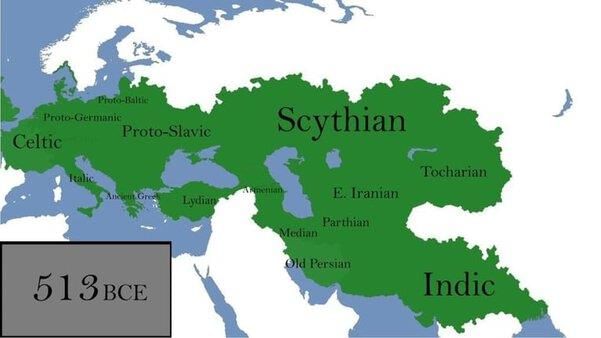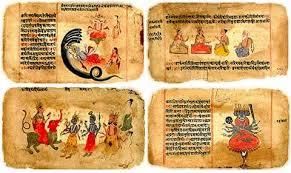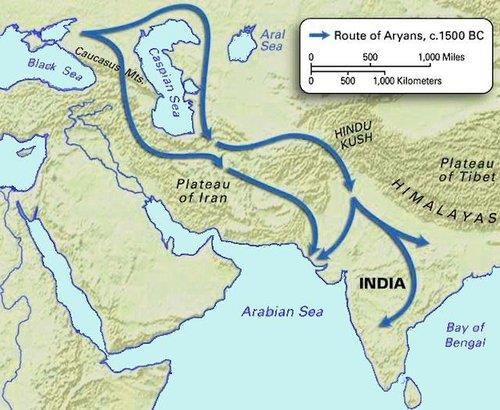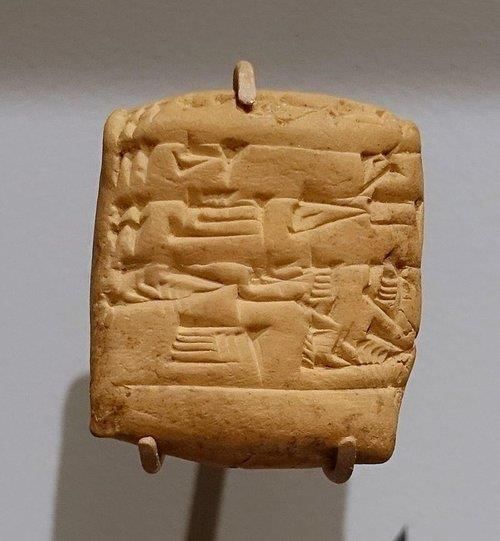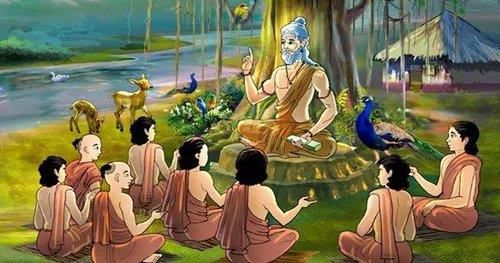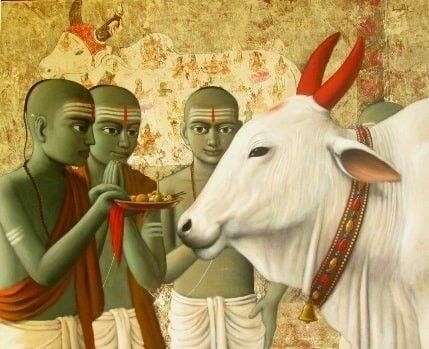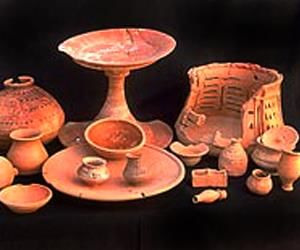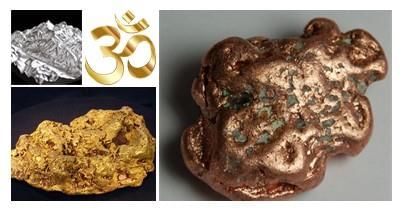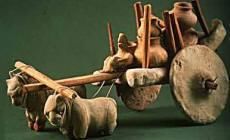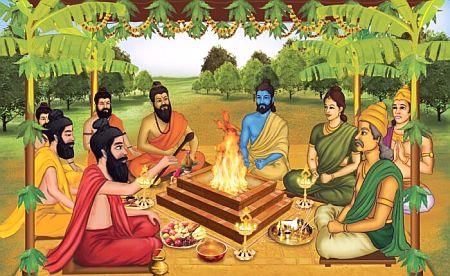|
The earliest Aryans primarily spoke ___ languages, which are now found in changed forms throughout Europe, Iran, and the Indian subcontinent. |
Card: 1 / 40 |
|
True or False: The Rig Veda is the earliest text of the Indo-European languages and consists of ten mandalas. |
Card: 3 / 40 |
|
Fill in the blank: The term Arya occurs ___ times in the Rig Veda, indicating a cultural community. |
Card: 5 / 40 |
|
The horse played a significant role due to its swiftness, enabling the Aryans and their allies to make successful inroads into West Asia. |
Card: 8 / 40 |
|
True or False: The Rig Veda and the Avesta share many similarities, including names for several gods and social classes. |
Card: 11 / 40 |
|
What significant archaeological evidence of the Indo-European language dates back to around 2200 B.C.? |
Card: 13 / 40 |
|
The Battle of Ten Kings was fought between the Bharatas and ten chiefs, establishing the supremacy of the Bharatas and leading to the formation of the Kurus. |
Card: 16 / 40 |
|
The Bharatas joined hands with the Purus after the Battle of Ten Kings, forming a new ruling tribe called the Kurus. 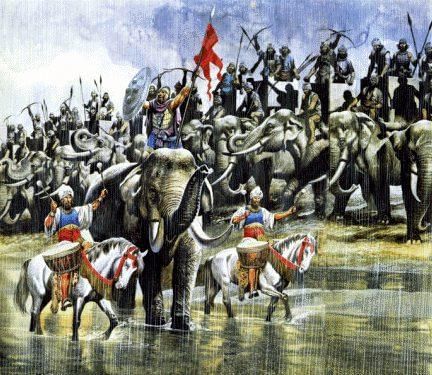 |
Card: 20 / 40 |
 Unlock all Flashcards with EduRev Infinity Plan Starting from @ ₹99 only
|
|
The Rig Vedic people primarily engaged in agriculture and were predominantly ___ people. |
Card: 21 / 40 |
|
True or False: The term 'gavishthi' in the Rig Veda refers to the search for gold. |
Card: 23 / 40 |
|
The Rig Veda indicates that the Rig Vedic people were acquainted with crafts such as ___, ___, and ___ among others. |
Card: 25 / 40 |
|
Fill in the blank: The Rig Vedic people possessed knowledge of ___, harvesting, and threshing. |
Card: 27 / 40 |
|
Fill in the blank: The Rig Vedic people were more acquainted with ___ routes than with sea routes. |
Card: 33 / 40 |
|
Fill in the blank: The Rig Vedic phase coincides with the ___ phase of the PGW. |
Card: 37 / 40 |
|
True or False: Women were not allowed to participate in the assemblies during the Rig Vedic period. |
Card: 39 / 40 |





